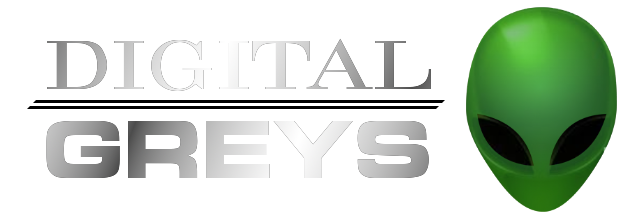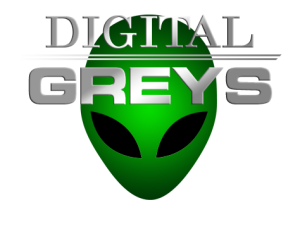10 Essential Tools for Every Web Designer
Web design is both a technical and creative line of work that requires you to be both an artist and a coder. Constant learning is a must to stay ahead, as well as learning and applying the right tools. The tools you choose should streamline your workflow while helping you to create visually stunning websites that are user friendly and work well on all platforms from the desktop to the smart phone. In this article, we’ll look at 10 vital tools that every web designer should consider having in their toolbox.
- Graphic Design Software: Graphic design software such as Adobe Photoshop, Illustrator, or Sketch are a cornerstone for web designers. These tools allow you to create and manipulate visual elements, design layouts, and craft eye-catching graphics that breathe life into your web projects.
- Wireframing and Prototyping Tools: Wireframing and prototyping tools like Adobe XD, Figma, or InVision enable you to create interactive mockups and prototypes of your website. These tools help you visualize the layout, user flow, and interactions, allowing you to refine your design before diving into the development phase.
- Color Scheme Generators: Choosing the right color scheme is pivotal in creating a visually appealing and cohesive design. Color scheme generators like Coolors, Adobe Color, or Paletton assist you in exploring and selecting harmonious color palettes for your website. These tools provide inspiration and save you time by suggesting color combinations that work well together.
- Typography Resources: Typography plays a vital role in web design, contributing to the overall aesthetics and readability of a website. Tools like Google Fonts, Adobe Fonts, or Typekit offer a vast collection of web-safe fonts that you can easily integrate into your designs. They provide options for diverse font styles and pairings, allowing you to create engaging and legible typographic compositions.
- Responsive Design Testing Tools: With the increasing use of mobile devices, designing websites that adapt to different screen sizes is essential. Responsive design testing tools like BrowserStack, Responsive Design Checker, or Chrome DevTools’ device mode allow you to preview and test your designs across multiple devices and resolutions. These tools help ensure your website looks and functions seamlessly on various platforms.
- Collaboration and Project Management Tools: Collaboration is crucial in web design projects, especially when working with clients or team members. Tools like Trello, Asana, or Slack facilitate efficient communication, task assignment, and project management. They enable you to organize and streamline your design workflow, ensuring smooth collaboration and timely deliverables.
- Image Optimization Tools: Optimizing images for the web is essential for fast-loading websites. Image optimization tools such as TinyPNG, ImageOptim, or Adobe Photoshop’s Save for Web feature help reduce image file sizes without compromising quality. These tools ensure your website remains performant while maintaining visually appealing imagery.
- Browser Extensions for Design Inspiration: Keeping up with design trends and finding inspiration is crucial for every web designer. Browser extensions like Pinterest, Behance, or Muzli provide a constant stream of design inspiration, showcasing the latest trends, innovative layouts, and creative ideas. These extensions keep you informed and spark your creativity.
- Design Asset Libraries: Access to a wide range of design assets, including icons, illustrations, and stock photos, can significantly enhance your design process. Platforms like Freepik, Flaticon, or Unsplash offer vast libraries of free and premium design assets that you can incorporate into your web designs, saving you time and effort.
- Code Editors with Design Support: While web designers may not be writing extensive code, having a code editor with design support can be beneficial. Editors like Brackets, Atom, or Visual Studio Code offer features like live previews, syntax highlighting, and extensions that facilitate a seamless transition between design and development.
Conclusion: Equipping yourself with the right set of tools is essential for every web designer aiming to create outstanding and impactful websites. The tools mentioned in this article cover various aspects of the design process, from graphic design software and prototyping tools to color palette generators and collaboration platforms. By incorporating these essential tools into your workflow, you can enhance your creativity, efficiency, and overall design capabilities, leading to impressive web designs that captivate and engage users. Remember to explore and experiment with these tools to find the ones that best suit your design style and workflow preferences.




